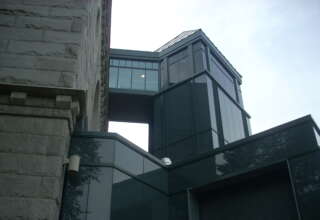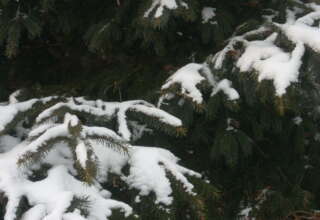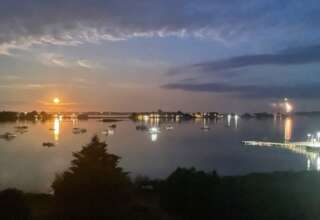
A second kind of subsystem of the stream is also orderly, though it is much more complex. This is the whirlpool that is formed when the water hits an impediment (such as a submerged rock). The water in a whirlpool keeps changing directions; however, one can predict the change in direction since the water is moving in a predictable spiral formation. We know where the leaf that enters a whirlpool will be two seconds from now. However, we may not be able to predict where it will be in five seconds, since the whirlpool is likely to pull the leaf down below the surface of the water and throw it off into some other subsystem. This subsystem is aligned with either Arrow’s periodic (cyclical) or sequential (developmental) attractor system.
In a relationship, this whirlpool-type subsystem is represented by predictable changes in the life cycle and seasons of the relationship. Change is occurring in the relationship, but it is change that has occurred before in the way(s) in which these people relate to one another (seasonal change) or it is change that one can anticipate given the experiences of comparable relationships as they mature (lifecycle change). There is the unknown aspects of the change—as the relationship (like the leaf) is pulled into the vortex of the compelling change. We don’t know where it will end up after it completes the predictable cycle, but we can be relatively confident regarding the pattern of interpersonal change while it is in the cycle.
The stream also embraces a third subsystem that is to be found in the quiet pools that are tucked away behind a large boulder in the stream or at the edge of the stream beside a large sunken tree trunk. It is remarkable that a stream with rapidly flowing water also inevitably contains many subsystems that are not only very quiet but also stagnant. We can usually drink from the rapidly flowing water in a stream, but are warned (often by the smell) to avoid drinking from the stagnant pools. Yet, these pools are often the sources of nutrients for the ecosystem of the stream. Our leaf floats into the stagnant pool and remains there. It eventually sinks and joins with other rotting leaves to form a richly nutritious bio-mass for the living organisms of the stream. The quiet pools represent yet another form of order in the turbulent stream. Nothing changes. Everything eventually sinks and rots—contributing (paradoxically) to the ongoing revitalization of the bio-system. There is no attractor operating in this subsystem—other than gravity (which results in the sinking of leaves and other debris).








